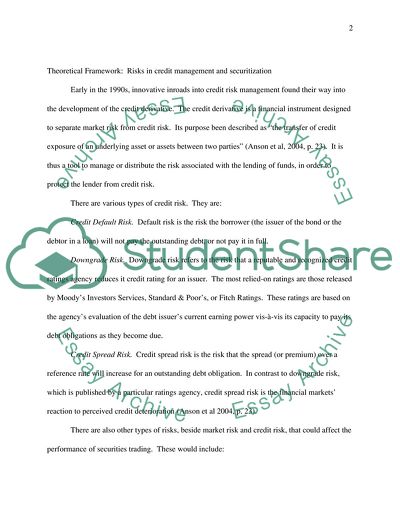Cite this document
(Credit Default Swaps Research Proposal Example | Topics and Well Written Essays - 3500 words, n.d.)
Credit Default Swaps Research Proposal Example | Topics and Well Written Essays - 3500 words. Retrieved from https://studentshare.org/finance-accounting/1719293-impact-of-lehman-brothers-bankruptcy-on-the-cds-market
Credit Default Swaps Research Proposal Example | Topics and Well Written Essays - 3500 words. Retrieved from https://studentshare.org/finance-accounting/1719293-impact-of-lehman-brothers-bankruptcy-on-the-cds-market
(Credit Default Swaps Research Proposal Example | Topics and Well Written Essays - 3500 Words)
Credit Default Swaps Research Proposal Example | Topics and Well Written Essays - 3500 Words. https://studentshare.org/finance-accounting/1719293-impact-of-lehman-brothers-bankruptcy-on-the-cds-market.
Credit Default Swaps Research Proposal Example | Topics and Well Written Essays - 3500 Words. https://studentshare.org/finance-accounting/1719293-impact-of-lehman-brothers-bankruptcy-on-the-cds-market.
“Credit Default Swaps Research Proposal Example | Topics and Well Written Essays - 3500 Words”. https://studentshare.org/finance-accounting/1719293-impact-of-lehman-brothers-bankruptcy-on-the-cds-market.


